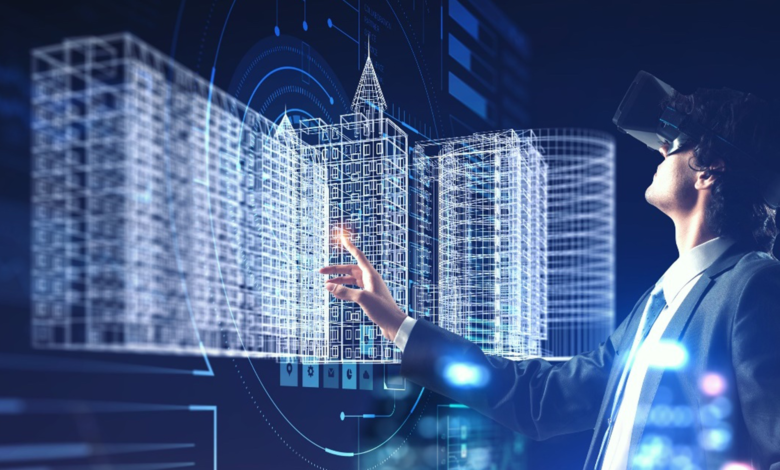The use of virtual and augmented reality in architecture and design

Virtual and augmented reality (VR and AR) have revolutionized the way architects and designers approach their work. These technologies provide new opportunities to visualize, collaborate, and communicate designs in ways that were previously impossible.
In architecture, VR can be used to create immersive experiences of buildings and spaces that have not yet been constructed. This can help architects and clients to better understand the design and make changes before construction begins, potentially saving time and money. VR can also be used to simulate lighting, acoustics, and other aspects of the built environment, allowing designers to experiment with different configurations and materials.
AR, on the other hand, allows designers to overlay digital information onto the physical world. For example, an AR app can be used to visualize how furniture or other objects would look in a room before they are purchased or installed. AR can also be used to create interactive exhibits, such as museum displays or public art installations.
Both VR and AR can also be used for collaboration and communication. Designers can use VR to create virtual meetings where participants can review and discuss designs in real time, even if they are located in different parts of the world. AR can be used to create augmented reality presentations or walkthroughs, which can help stakeholders better understand the design and make informed decisions.
Overall, the use of VR and AR in architecture and design has the potential to transform the industry, providing new ways to visualize and communicate designs, improve collaboration, and enhance the overall design process.
In addition to the benefits mentioned, the use of VR and AR can also help architects and designers to create more sustainable designs. By simulating and analyzing different building configurations, materials, and energy systems, designers can identify the most efficient and environmentally friendly options.
Furthermore, VR and AR can also help to improve safety on construction sites. Before construction begins, workers can use VR to simulate the construction process and identify potential safety hazards. AR can also be used to provide workers with real-time safety information and guidance while they are on the job.
The use of VR and AR in architecture and design is not without its challenges, however. One of the main obstacles is the cost of the technology and the hardware required to use it. Additionally, there is a learning curve involved in using these new technologies, which may require additional training for designers and architects.
Despite these challenges, the benefits of VR and AR in architecture and design are clear. As technology continues to improve and become more accessible, it is likely that we will see even more innovative applications in the field. From virtual site visits to immersive design experiences, VR and AR have the potential to transform the way we design and build our built environment.



